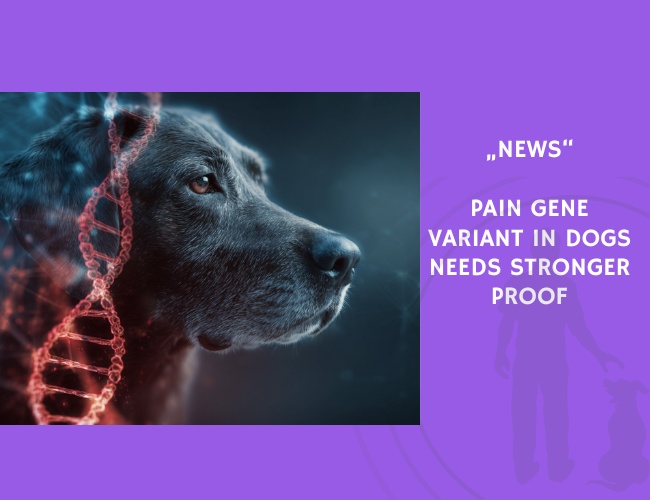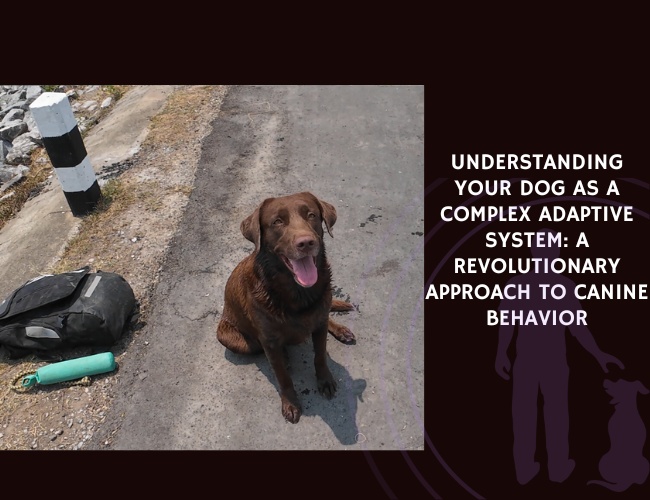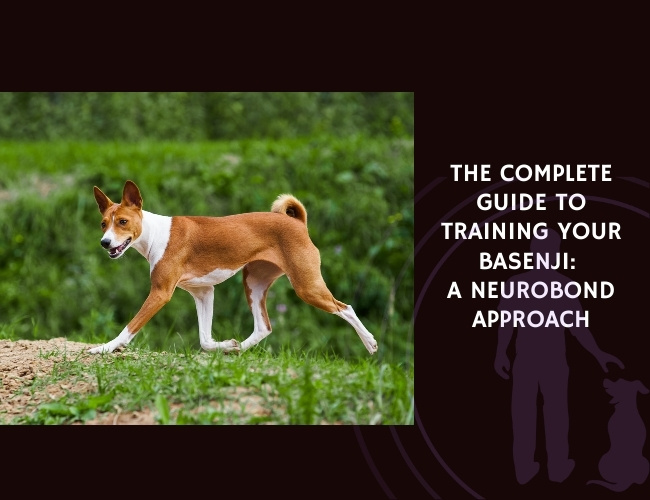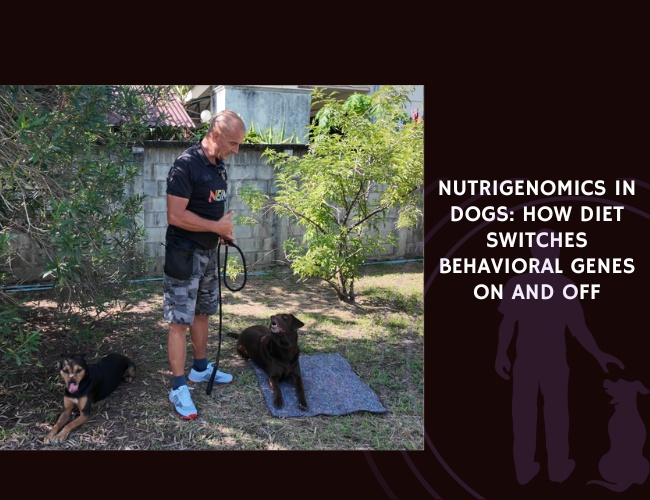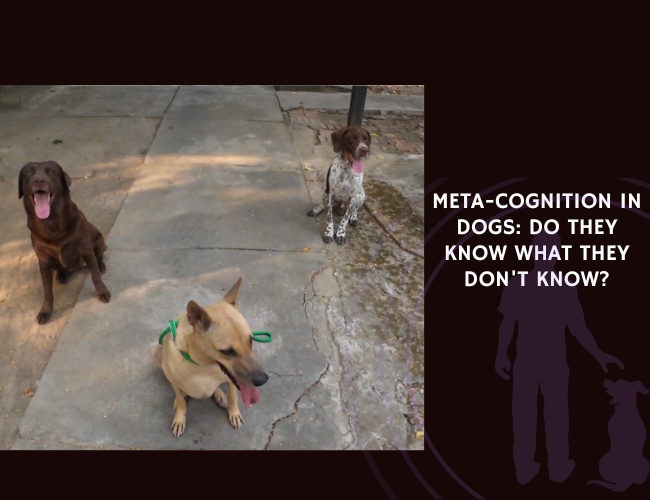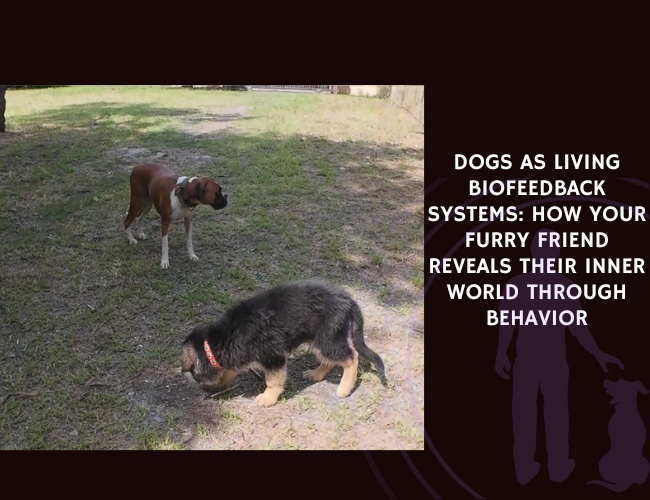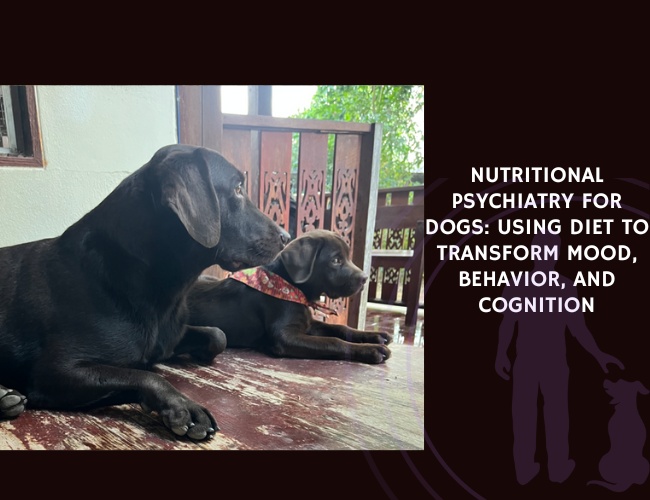In their letter, **T. Ishikawa and H. Aoki** respond to a prior study reporting a **SCN9A gene mutation (c.C2761T; p.R921C)** in a family of mixed-breed dogs with congenital pain insensitivity. The authors commend the original study for being the first to identify a sodium channelopathy in dogs and for its methodological rigor, including **whole-genome sequencing** and cross-species sequence alignment.
However, they point out that while the variant appears to be pathogenic, the evidence presented does not fully comply with the **ACMG-AMP guidelines** used in human clinical genetics. The guidelines emphasize functional assays, family segregation analysis, and population frequency data to determine causality. Such elements were either limited or absent in the original dog study.
The authors critically evaluate the five main pillars of the original study’s pathogenicity argument: (1) evolutionary conservation of the mutated amino acid, (2) absence of the variant in over 900 healthy dogs, (3) in-silico predictions of deleterious effect, (4) biochemical reasoning regarding the arginine-to-cysteine substitution, and (5) a related human variant reported in ClinVar. While these points suggest pathogenicity, **none alone offer definitive proof**, and some, such as in-silico predictions, are considered weak by ACMG-AMP standards.
Furthermore, the location of the mutation—on the **pore-forming loop** rather than the **voltage-sensing domain**—calls into question the mechanistic argument for channel dysfunction. The human counterpart variant (R922C) is also labeled as of **“uncertain significance”** in the ClinVar database.
Ishikawa and Aoki advocate for **functional studies of the Nav1.7 protein**, especially in canine systems, to validate its role in the pathology. They acknowledge the challenges of applying human genetic standards to veterinary practice due to **limited databases** and **difficulty in gathering familial data**, yet argue for **functional annotation** as a critical step toward clinical relevance in veterinary genomics.
Source: T. Ishikawa and Hiroshi Aoki. Published in Journal of Veterinary Internal Medicine, Volume 37, Pages 791–792. April 21, 2023.

